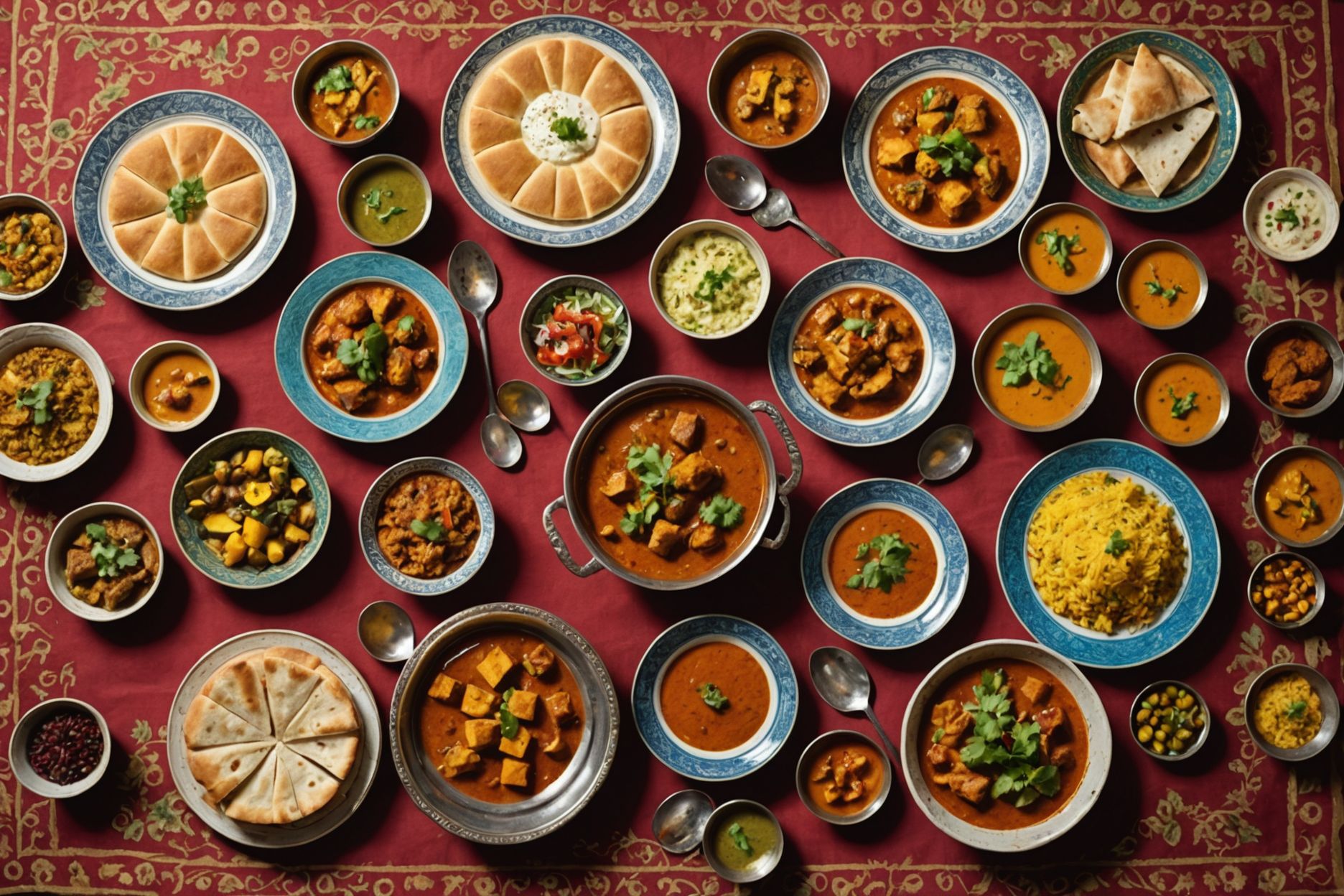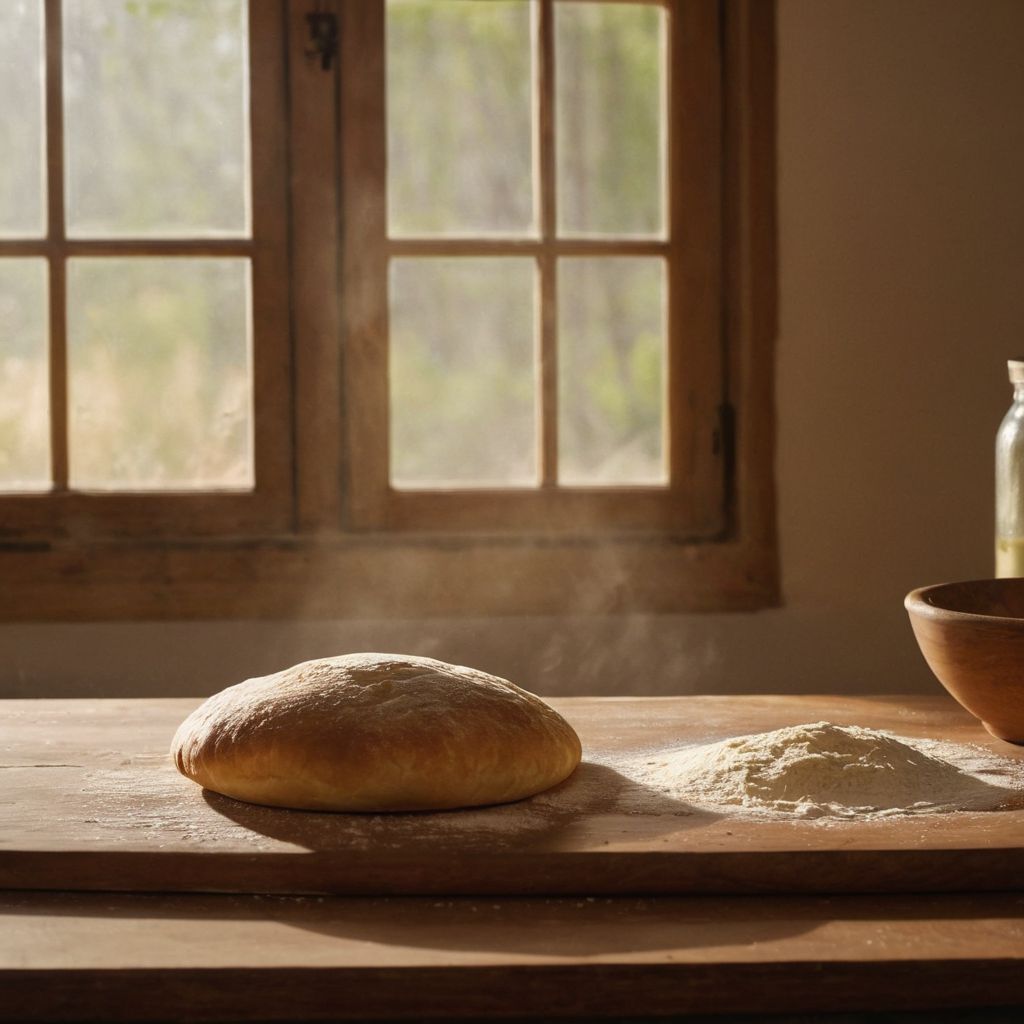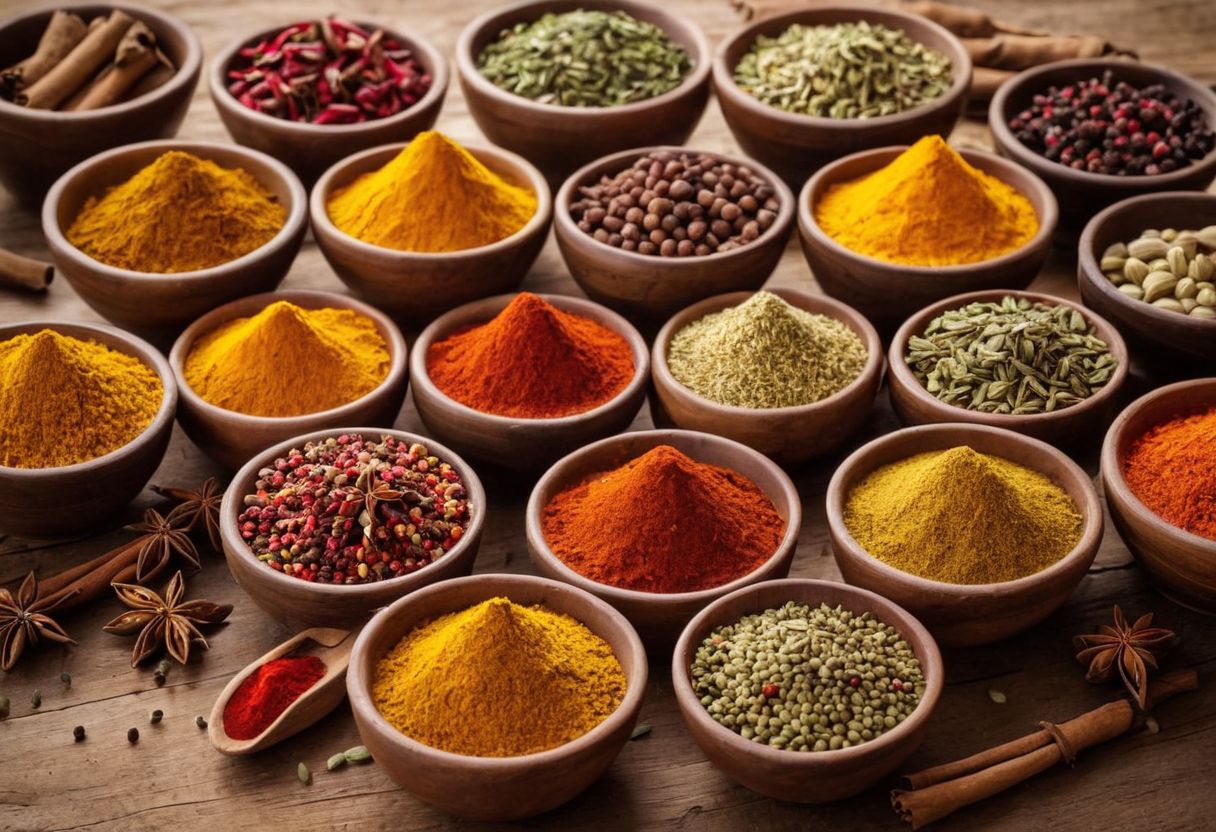Are you ready to embark on a culinary journey through the vibrant world of new Indian cuisine?
Venturing into the diverse and complex flavours of Indian food can often seem overwhelming, especially for those unfamiliar with its rich traditions.
New Indian cuisine is an exciting exploration of traditional dishes infused with modern twists, incorporating global influences and innovative cooking techniques.
This blog post will guide you through the evolution of new Indian cuisine, from the spices that form its foundation to the contemporary adaptations of its main dishes and desserts.
The Broadening Definition of New Indian Cuisine
The perception of Indian cuisine has dramatically broadened on the international stage, influenced by a blend of global trends and cultural exchanges. As Indian expatriates have settled in various corners of the globe, they have woven their culinary traditions with local flavours, giving rise to fusion dishes such as the spicy Tikka Masala in Britain or the inventive Curry Sushi in Japan. These adaptations highlight the dynamic and evolving nature of Indian cuisine, making it a global culinary player.
Moreover, the influx of international cuisines into India has reciprocated this global exchange, creating a unique culinary melting pot within the country itself. Restaurants and home cooks are embracing ingredients and techniques from around the world, integrating them with traditional Indian cooking practices. This has led to an enriched diversity in what constitutes authentic Indian food, making it more inclusive of global influences while still maintaining its distinctive identity.
Spices at the Heart of New Indian Cuisine
Spices are not just ingredients in Indian cuisine; they are the essence that breathes life into every dish. From the smoky cumin to the vibrant turmeric, each spice offers a unique flavour that is integral to the authenticity of Indian dishes. In new Indian cuisine, these traditional spices are being used with a twist, blending with ingredients from various global cuisines to create innovative and exciting flavours. This fusion not only preserves the soul of Indian cooking but also enhances it, making it accessible and appealing to a broader audience.
The significance of spices in new Indian cuisine extends beyond mere taste; they are a bridge between the old and the new. For instance:
- Turmeric is celebrated for its anti-inflammatory properties and is often used in both traditional recipes and modern health-centric dishes.
- Cardamom and cloves are used in desserts and teas, infusing them with a comforting warmth.
This thoughtful integration of spices ensures that even the most modern dishes maintain a connection to the rich culinary heritage of India, while also embracing global culinary trends.
Traditional Breads in Modern New Indian Cuisine
Traditional Indian breads like naan, roti, and paratha have been fundamental in Indian cuisine for centuries. These breads are not only versatile but also deeply embedded in the cultural fabric of dining across different regions of India. In modern New Indian cuisine, these breads have undergone remarkable transformations to align with contemporary tastes and dietary preferences. For instance, chefs are now experimenting with gluten-free flours and integrating flavours like garlic, cheese, or herbs to cater to a more global palate.
The adaptation of traditional breads in new Indian cuisine is not just about taste but also presentation and pairing. – Naan is often served with a twist, such as being topped with seeds or stuffed with ingredients like spinach or paneer. – Roti has seen variations such as ‘roti tacos’, where the traditional flatbread serves as a shell for various fillings. – Paratha is being reimagined in bite-sized forms or as wraps for fusion dishes. These innovations ensure that traditional Indian breads continue to be a cherished part of India’s culinary evolution, maintaining their essence while embracing new culinary trends.
Street Foods: The Pulse of New Indian Cuisine
Indian street food, often seen as the heartbeat of culinary tradition, has surged in popularity, both domestically and internationally. Dishes like Dosa and Samosa have transcended their humble origins to become global sensations. This rise to fame not only showcases their inherent appeal but also highlights how these foods embody the vibrant spirit of new Indian cuisine. They blend traditional techniques with modern influences, making them a staple in the global food scene.
The evolution of street foods like Chaat and Vada Pav into international cuisine is remarkable. These dishes:
- Retain their authentic flavours that echo the streets of India
- Incorporate modern twists that resonate with a global audience
- Are often served in chic urban eateries around the world, transforming from simple snacks to gourmet fare
This global journey of Indian street foods underscores their pivotal role in the narrative of new Indian cuisine, bridging traditional roots with contemporary tastes.
Appetizers: A New Take on Indian Starters
Indian appetizers, traditionally known as starters, play a crucial role in setting the stage for a gastronomic journey. These dishes are being revolutionised in new Indian cuisine, where innovation meets tradition. For example, the classic Samosa is now available in gluten-free versions or stuffed with unconventional fillings like chocolate or cheese, catering to diverse palates and dietary needs. Similarly, Pakoras are being crafted with a variety of new ingredients such as avocado or kale, transforming these fritters into a modern-day delicacy.
The evolution of Indian appetizers also includes the adoption of international cooking techniques and presentation styles. For instance:
- Aloo Tikki, traditionally a simple potato patty, is now being served with gourmet toppings or infused with international flavours like wasabi or truffle oil.
- Kebabs have transcended their classic recipes, with chefs incorporating meats like duck or venison, and serving them with innovative dips and sides. These changes not only enhance the flavours but also elevate the overall dining experience, showcasing the dynamic nature of new Indian cuisine.
Main Dishes Reinventing New Indian Cuisine
Main dishes in Indian cuisine, such as butter chicken and rogan josh, have undergone exciting transformations in the new Indian culinary scene. Chefs are infusing these traditional dishes with unexpected ingredients and techniques, creating a bridge between classic flavours and modern palates. For instance, butter chicken might be served with a side of quinoa instead of rice, or rogan josh could be prepared with meat substitutes to cater to vegetarian diets.
The reinvention doesn’t stop at ingredients; presentation and pairing have also evolved:
- Butter chicken is now often plated in a deconstructed style, focusing on aesthetics as much as taste.
- Rogan josh might come with a side of artisan bread instead of the traditional naan.
These changes not only enhance the dining experience but also reflect the dynamic nature of new Indian cuisine, making it relevant and exciting for today’s diverse global audience.
Desserts: Sweet Innovations in New Indian Cuisine
Traditional Indian desserts are undergoing a remarkable transformation in the realm of new Indian cuisine. Chefs are creatively deconstructing classic sweets like gulab jamun and kheer, introducing elements that blend tradition with modern culinary trends. This approach not only preserves the nostalgic essence of these desserts but also infuses them with a fresh, contemporary appeal that attracts both traditionalists and modern food enthusiasts.
These innovative desserts often include:
- Fusion elements such as saffron-infused cheesecakes or chai spiced tiramisu, which marry Indian flavours with global dessert formats.
- Modern techniques like molecular gastronomy to create foams or gels that enhance the texture and visual appeal of the dessert.
This blend of old and new ensures that the traditional Indian sweets evolve while maintaining their cultural significance in the ever-expanding landscape of new Indian cuisine.
Traditional Drinks in Contemporary New Indian Cuisine
Traditional Indian beverages, such as lassi and chai, have found new expressions in contemporary New Indian cuisine. These drinks, once simple staples at every meal, are being reimagined with innovative ingredients and presentation styles. For instance, lassi is now being offered in flavours like avocado or blueberry, and chai might be infused with international spices like cinnamon or vanilla, appealing to a global palate.
The adaptation of these beverages extends beyond flavours; the method of serving and pairing with dishes has also evolved. – Lassi is often paired with fusion dishes, enhancing the dining experience with its creamy texture. – Chai is served in elegant settings, sometimes with a side of fusion desserts, making it part of a sophisticated culinary affair. These enhancements not only preserve the cultural significance of traditional Indian beverages but also position them as gourmet offerings in the modern culinary scene.
Explore New Indian Cuisine with Indulge in Zurich
INDULGE offers an immersive experience into new Indian cuisine right in the heart of Zurich. Their curated tours and exclusive dining experiences introduce participants to a fusion of traditional Indian flavours with modern culinary twists. This unique blend not only caters to the palate of food enthusiasts but also provides a deep dive into the evolving Indian food scene.
During these tours, guests can expect to:
- Taste a variety of dishes that showcase the modern adaptations of Indian cuisine
- Learn about the ingredients and cooking techniques that are shaping the new Indian culinary landscape
These experiences are designed to enrich understanding and appreciation of Indian cuisine’s dynamic nature, making each meal a memorable part of Zurich’s gastronomic offerings.
Frequently Asked Questions
What’s trending food in India?
Indian street food, including dishes like Dosa and Samosa, is currently trending both domestically and internationally. These foods embody the vibrant spirit of new Indian cuisine, blending traditional techniques with modern influences. Additionally, new Indian cuisine is seeing a rise in fusion dishes and the innovative use of spices and ingredients from around the world.
What is in Indian food?
Indian cuisine is rich in spices which are essential to its flavour profiles. Spices such as smoky cumin, vibrant turmeric, cardamom, and cloves are integral to Indian dishes. Traditional Indian food also includes a variety of breads like naan, roti, and paratha, and main dishes such as butter chicken and rogan josh. Modern Indian cuisine incorporates these traditional elements with global influences, integrating ingredients and techniques from around the world.








